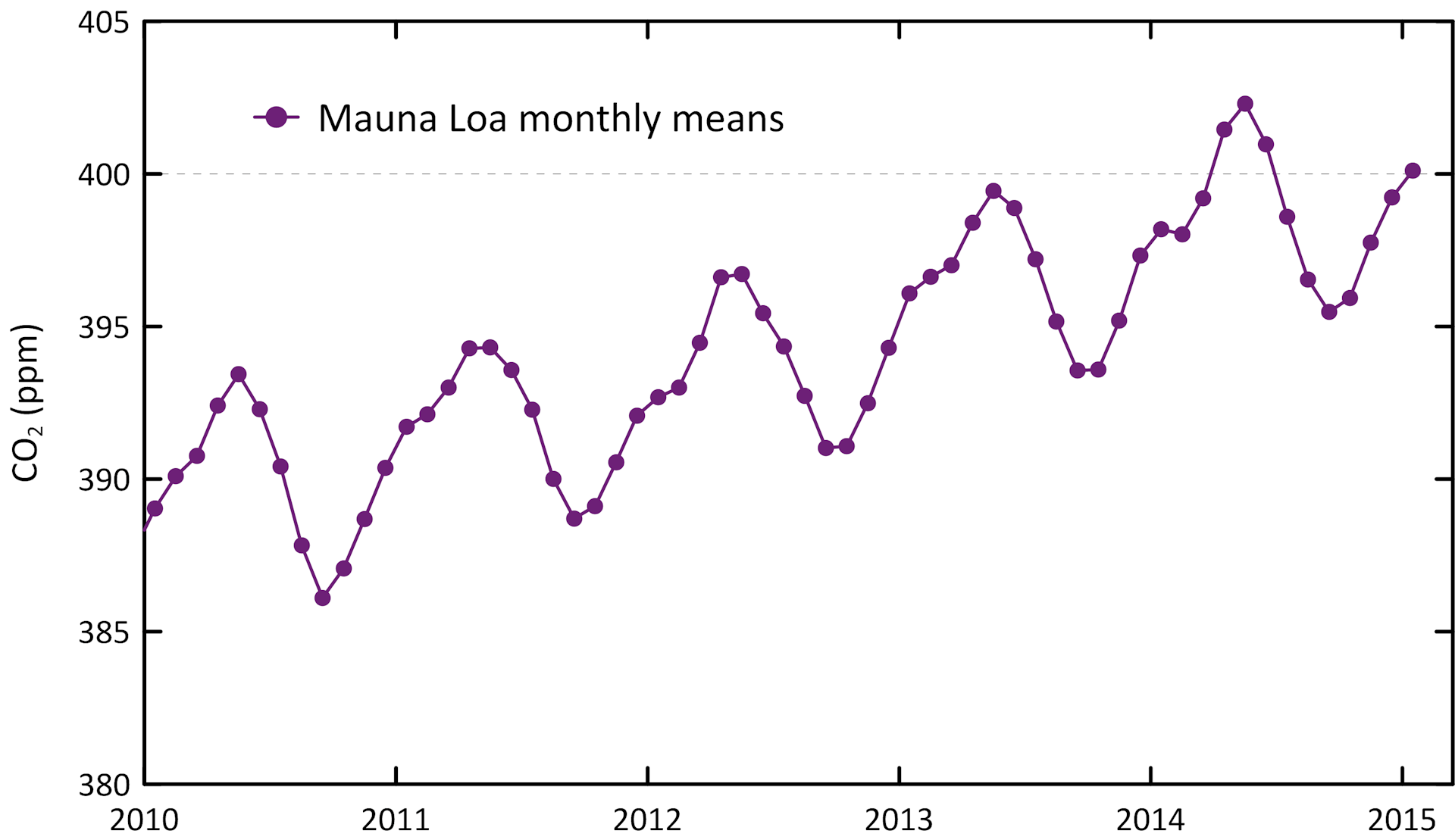In this post I lay out some striking similarities between Earth processes and the physiological processes within organisms, just as some food for thought. It is interesting to note that prior to the nineteenth century many scientists were quite comfortable with thinking of the Earth as a living being. James Lovelock (originator of the modern Gaia theory, along with Lynn Margulis) noted that James Hutton, considered to be father of modern geology, actually recommended physiology as the science that would best explain Earth processes. Many interesting discoveries in physiology were being found at that time and several Earth scientists, including Hutton applied these ideas to the hydrologic cycle and biogeochemical cycles of Earth.
Rivers/Riparian Ecosystems and Blood/Circulatory Systems
The similarities between blood vessels/circulatory system and rivers/streams and watersheds are quite numerous. For example, blood vessels transport glucose and hemoglobin throughout the body to cells requiring much needed energy and oxygen. Likewise, a river with suspended sediment carries nutrients downstream to the lower parts of its watershed expanding out in a fan shape reminiscent of blood vessel networks (see the picture below of two deltas in Louisiana, USA). These nutrients create the extremely diverse and lush delta ecosystems found all around the planet. Constructing a dam and/or polluting a river with garbage or toxic wastes is analogous to an artery becoming clogged with cholesterol and plaque; it’s obviously not a healthy situation for either the riparian ecosystem or the organism with clogged arteries.

Also, the organisms living in the river including fish, turtles, crayfish, etc., can be thought of as “cells” doing work along the river the same way that red blood cells and white blood cells do important work in maintaining the health of the circulatory system of an organism. Killing the organisms of the river with pollution or over-fishing results in a degraded ecosystem in much the same way an organism with a disease may have too low or too high blood cell counts.
Wetlands/Salt Marshes/Deltas and Liver/Kidneys
Another analogous system is a wetland/salt marsh/delta ecosystem that has the ability to process and filtrate wastewater (e.g. sewage), processing the toxins in the waste into harmless forms or sequestering them in sediment. This is comparable to the physiology of the liver/kidneys system processing and eliminating waste products from the body of an organism.
Draining wetlands and salt marshes of a river delta and paving them over for coastal development causes serious damage to this organ of Gaia in a similar way that an increasing load of toxic substances causes damage to an organism’s liver or kidneys.
The construction of a wastewater treatment plant to treat the sewage of a city (a human ecosystem) is analogous to a person going on dialysis; the person now requires a machine in order to process the body’s toxins to continue living and a densely populated urbanized area now requires a machine to process its waste or else it will literally drown in sewage. A traditional village or modern intentional community can take care of its sewage without the need of a wastewater treatment plant by using humanure methods.
Forests and the Cardiopulmonary System
The enormous forests of the world act as “lungs” for the planet, pumping vast amounts of oxygen and carbon dioxide throughout the atmosphere. The forests intake carbon dioxide and respire oxygen. Take a look at this graph of carbon dioxide concentrations in the atmosphere over time and you can see the see-saw pattern of the “breathing” of Gaia, as the vast temperate deciduous forests of the northern hemisphere go into hibernation in late fall to early winter (the enormous amount of plankton in the oceans also plays a role here as well):

In addition, forests also act as a “heart” for the planet, by creating and maintaining areas of low pressure over continental landmasses that pump water from the ocean to clouds that then move over landmasses and drop much needed rain. Take a look at this video on the water cycle and the “Biotic Pump” from the alternative thinker, Charles Eisenstein: https://www.youtube.com/watch?v=L68ZHYzeZoI.
Mountains/Bedrock and the Skeleton
Mountain ranges and bedrock outcrops form the “skeleton” of Gaia by structurally supporting the other organs and providing sediments and mineral nutrients that are to be used downstream in the rest of the organs of Gaia. This is analogous to how an organism’s skeleton provides structural support for the rest of the organs and tissues and how the bones contain bone marrow and produce red blood cells needed to carry oxygen throughout the body.
Soil/Grasses and Skin
The soils, grasses, and other ground-cover vegetation of Earth acts as a “skin” protecting the other organs and allowing them to thrive. Surficial soil, grasses and other vegetation protect the underlying soil layers from erosion and oxidation. Also soils act as a permeable membrane between the hydrosphere, lithosphere and atmosphere and enables the continued progression of biogeochemical cycles (e.g. nitrogen, phosphorous, potassium, etc.) all over the planet.
There are many other examples that I have not gotten into here, this is just an introduction to many interesting ideas regarding the organs of Gaia. I’ll post some links to more information soon and will add some more details to this post in the future. I have not read this book by Tyler Volk yet, but it looks very interesting: https://www.thriftbooks.com/w/gaias-body-toward-a-physiology-of-earth_tyler-volk/816675/#isbn=0387982701&idiq=7686023.
